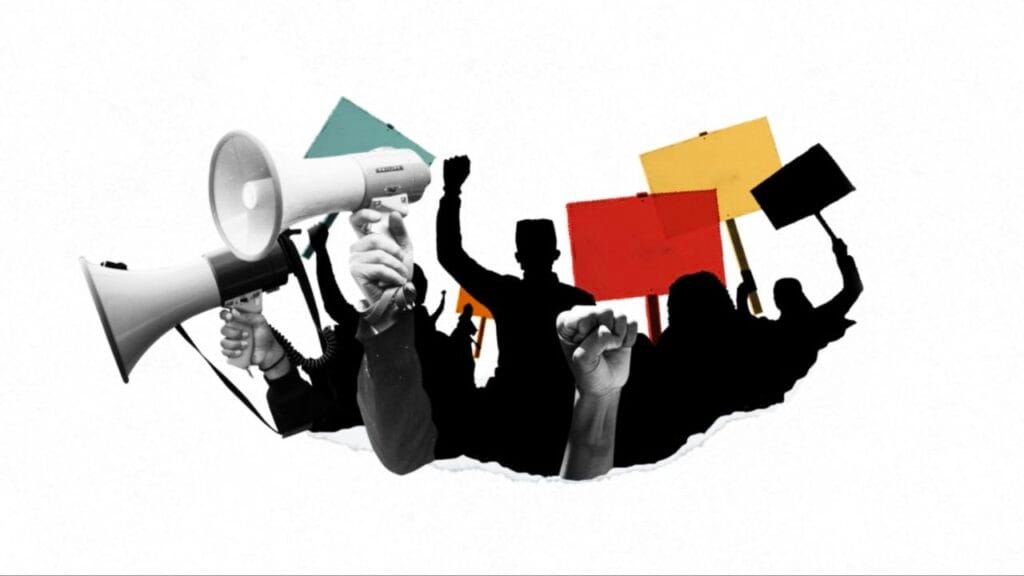New Institutionalism : Meaning & Models
Meaning of New Institutionalism
New Institutionalism is a theoretical approach in political science that focuses on the role of institutions in shaping political behavior and outcomes but goes beyond the traditional focus on formal rules and structures. Unlike the traditional institutional approach, New Institutionalism emphasizes the dynamic interactions between institutions and individual behavior, considering how institutions both constrain and are shaped by political actors. New Institutionalism examines the informal norms, social contexts, and historical developments that influence how institutions operate and impact political decision-making.
New Institutionalism developed in response to criticisms of traditional institutionalism for its static analysis and lack of attention to the real-world complexities of politics. It incorporates insights from economics, sociology, and psychology to provide a more comprehensive view of institutions, considering both formal rules and informal practices. It is highly influential in comparative politics, public administration, and organizational studies.

Models of New Institutionalism
New Institutionalism encompasses several models or approaches, each providing a unique perspective on how institutions influence political behavior and outcomes. The main models are:
- Rational Choice Institutionalism
- Overview: Rational Choice Institutionalism examines how political actors make strategic decisions within institutional constraints to maximize their preferences. It assumes that individuals are rational actors who seek to achieve their goals, and institutions structure the opportunities and limitations they face.
- Key Concepts:
- Strategic Choice: Individuals act strategically to navigate institutional rules to achieve their goals.
- Principal-Agent Theory: Often used to explain relationships between actors (e.g., elected officials and bureaucrats) and how rules are created to align interests.
- Example: How electoral systems shape political parties’ strategies to maximize votes or how lawmakers craft policies to gain political support.
- Historical Institutionalism
- Overview: Historical Institutionalism explores how institutions evolve over time and how historical paths and decisions shape present and future policy outcomes. It emphasizes “path dependency,” meaning that once institutions develop in a particular direction, they tend to persist and shape future decisions.
- Key Concepts:
- Path Dependency: Institutional decisions made in the past influence and limit future policy choices, creating “stickiness” in institutional development.
- Critical Junctures: Moments when significant changes in institutions occur due to major events, such as economic crises, wars, or political revolutions.
- Example: The welfare state models in Europe developed after World War II, shaping modern policies and creating lasting policy legacies that are difficult to change.
- Sociological Institutionalism
- Overview: Sociological Institutionalism emphasizes the cultural and normative dimensions of institutions. It argues that institutions are not just structures but also embody shared values, symbols, and identities that shape behavior by instilling certain expectations. This model views institutions as social constructs embedded in a larger cultural context.
- Key Concepts:
- Cultural Norms and Social Legitimacy: Institutions function by defining appropriate behavior and gaining legitimacy through alignment with societal values.
- Isomorphism: Organizations and institutions become similar over time due to pressures to conform to accepted norms and standards.
- Example: The adoption of similar educational or environmental policies across countries, driven not by economic rationality but by shared cultural norms or international standards.
- Discursive Institutionalism
- Overview: Discursive Institutionalism focuses on the role of ideas, language, and discourse in shaping institutions and political behavior. It examines how political actors use language to frame issues, justify policies, and influence public opinion, emphasizing the importance of communication in institutional development.
- Key Concepts:
- Discourse and Framing: Political actors use discourse to shape perceptions, frame issues, and persuade others, which can influence institutional change.
- Ideas as Catalysts: Ideas can serve as tools for justifying institutional reforms or fostering policy innovation.
- Example: The framing of environmental issues as “climate change” or “global warming” affects how people perceive the issue and influences policy support for environmental protection.
- Constructivist Institutionalism
- Overview: Constructivist Institutionalism examines how institutions and actors shape each other through the mutual construction of meaning. It highlights that political behavior is influenced by the subjective interpretations and shared meanings that individuals construct within institutions.
- Key Concepts:
- Interpretation and Meaning: Institutions are seen as frameworks that help actors make sense of their environment, shaping and being shaped by individual perceptions and social interactions.
- Mutual Influence: Actors not only follow institutional rules but also reinterpret and reshape them over time, leading to gradual changes.
- Example: Changes in institutional responses to social movements over time, reflecting shifts in shared beliefs and public perceptions.

Conclusion
New Institutionalism offers a multi-dimensional understanding of political institutions by incorporating historical, rational, cultural, and discursive perspectives. These models together provide insights into the formal and informal mechanisms through which institutions influence behavior, adapt to change, and interact with broader social and cultural forces. This approach has enriched political science by moving beyond static analysis to account for the complex, evolving nature of institutions and their impact on political outcomes.
Share this content:


Leave a Reply